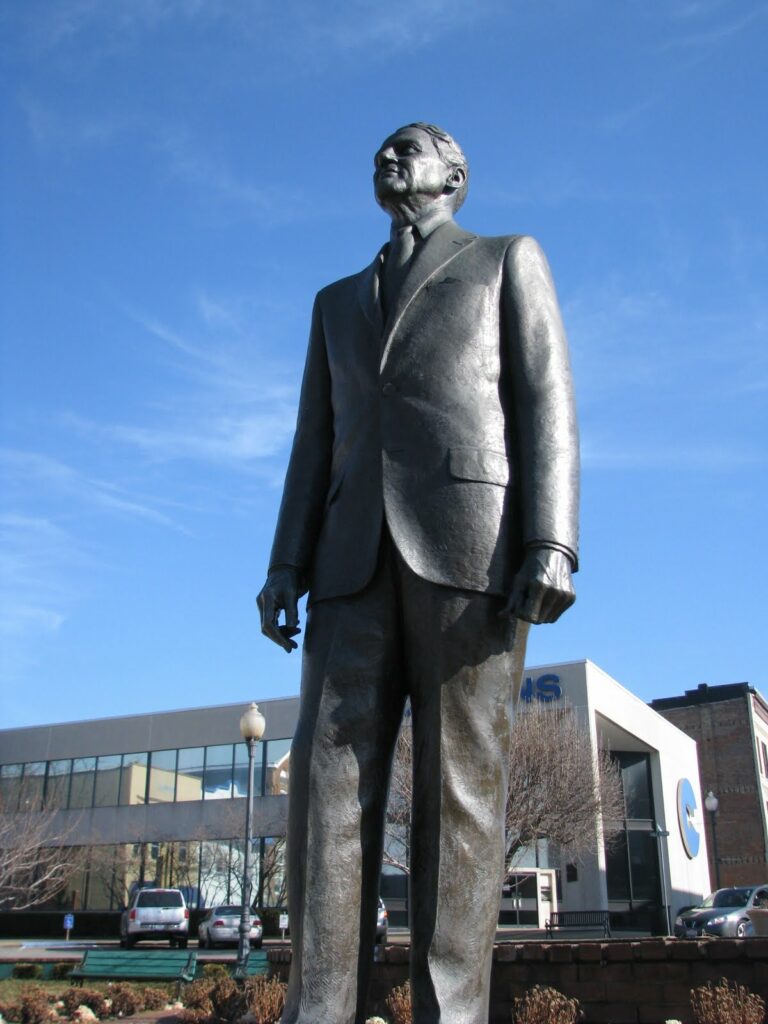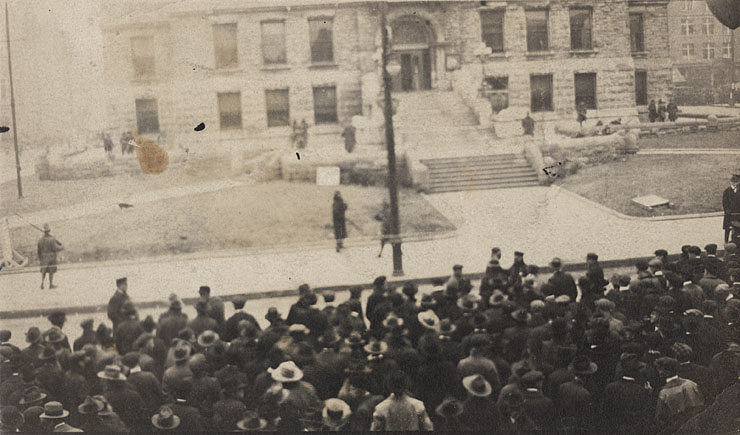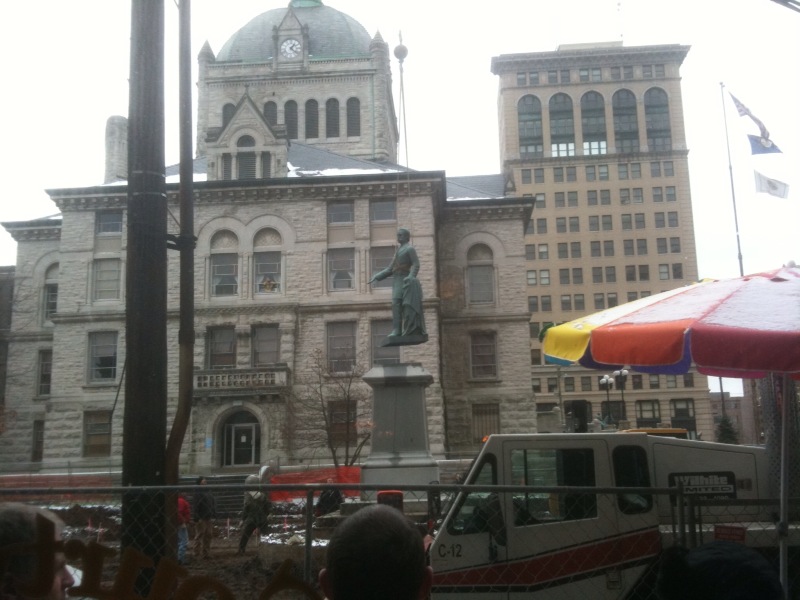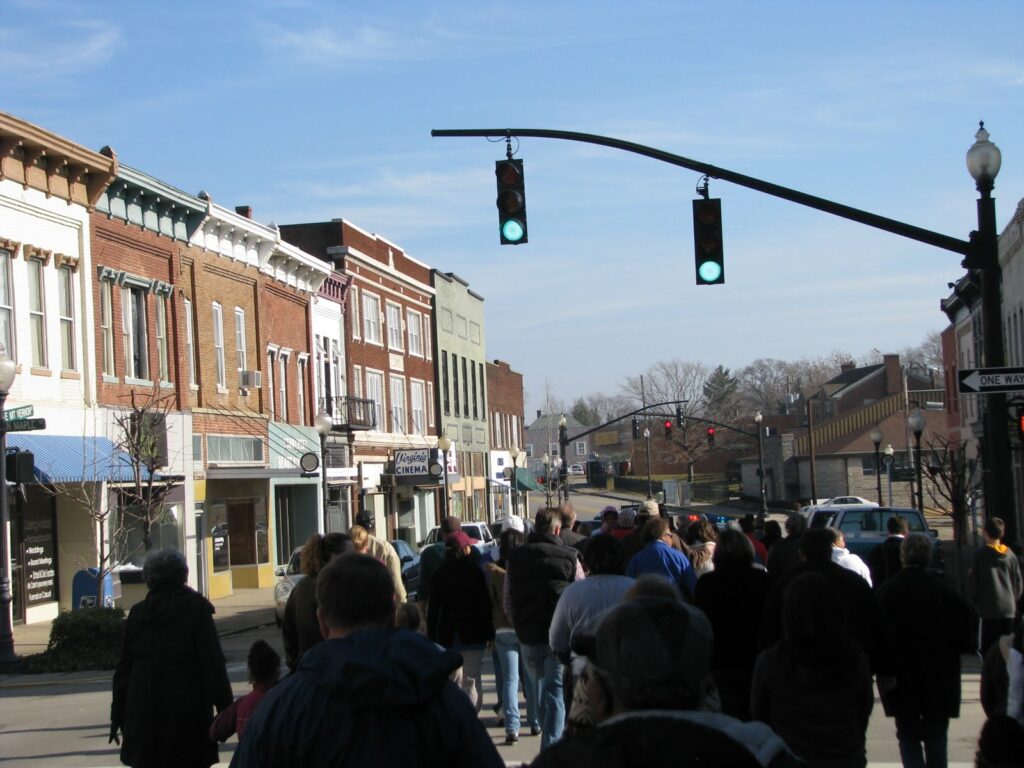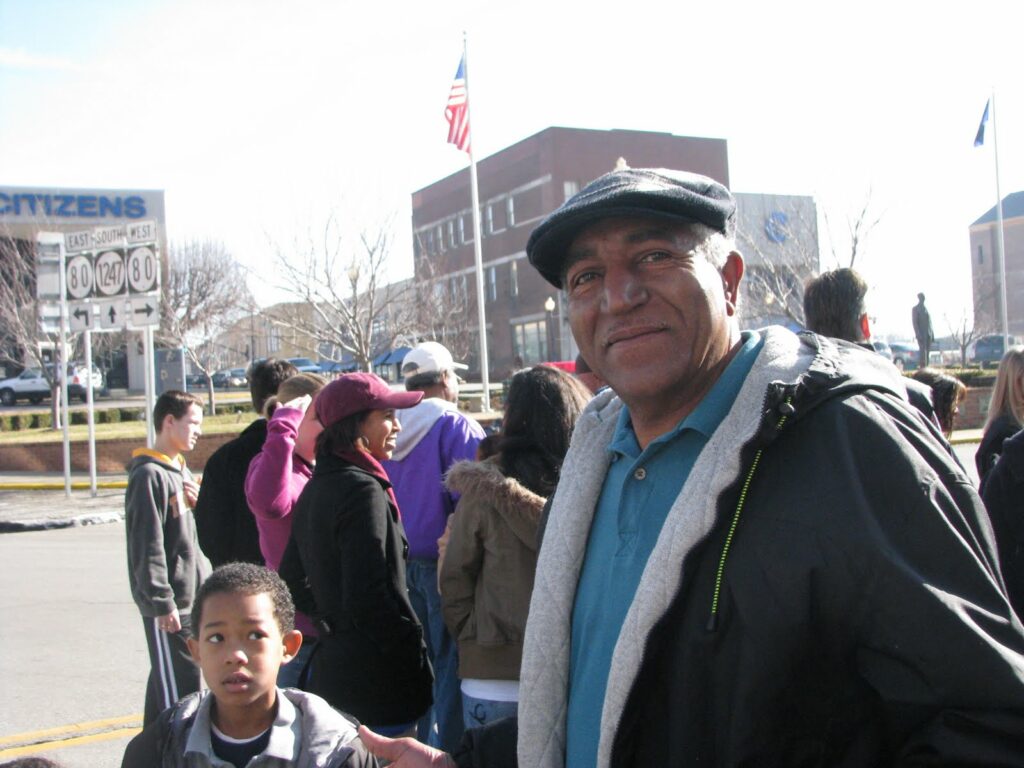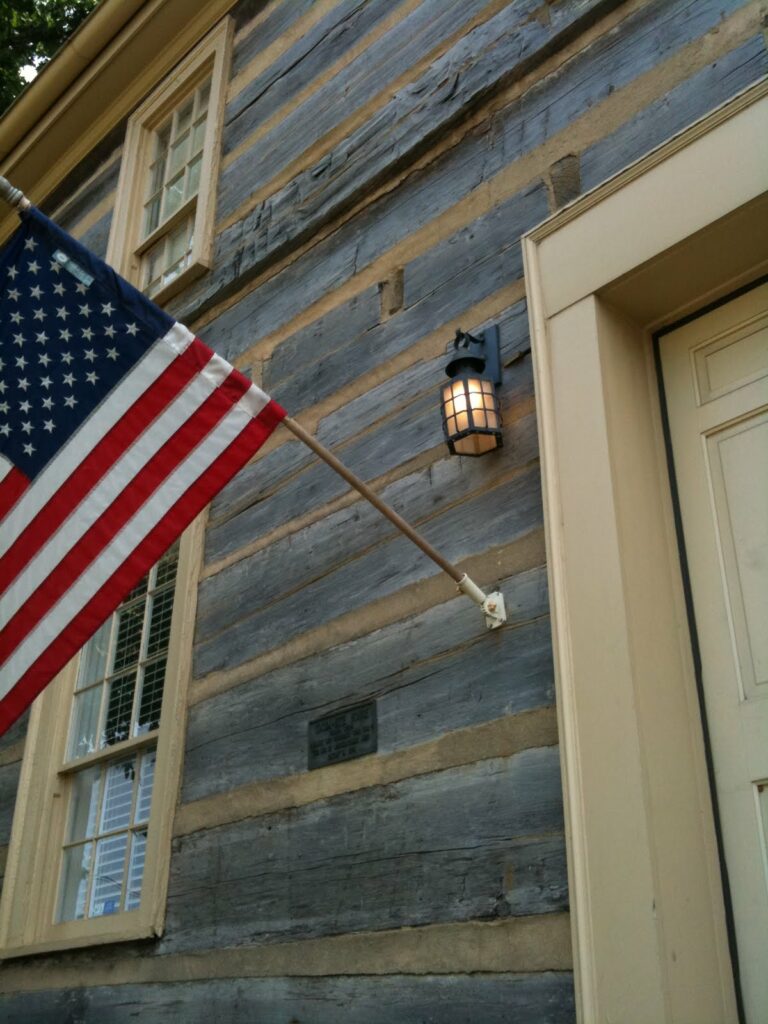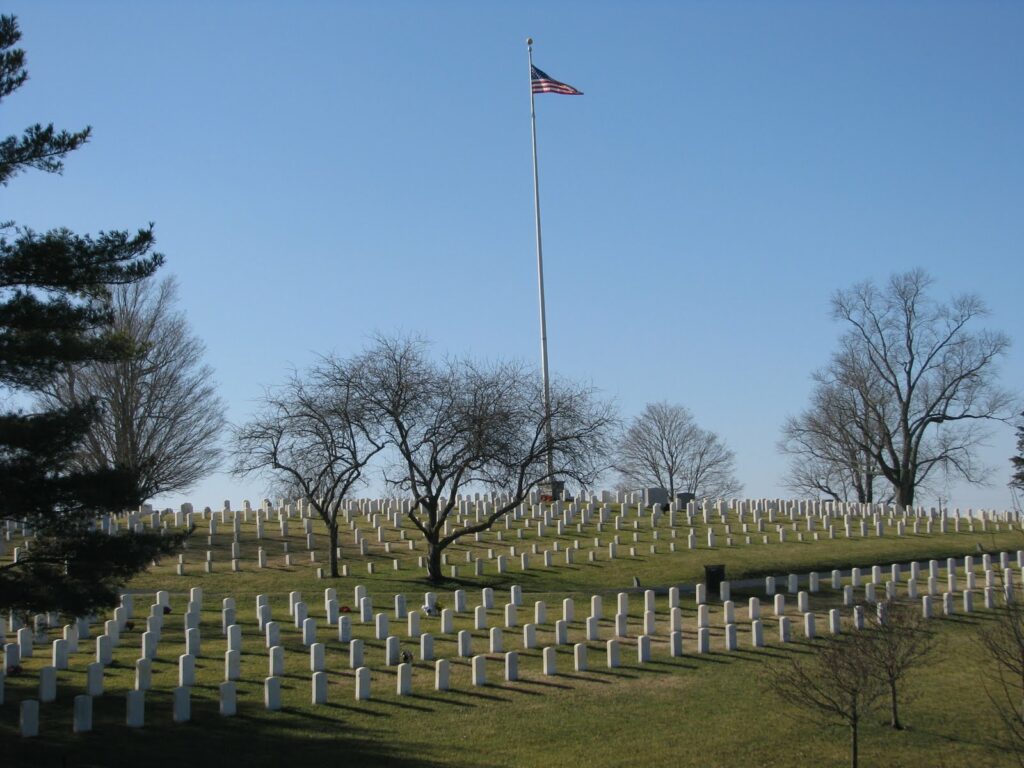 Kentucky has seven national cemeteries and has the highest concentration of national cemeteries of any state in the Union. Mill Springs National Cemetery is the smallest cemetery in the national system, though its has existed since the system was first established in late 1862 with only twelve cemeteries. Because of complications associated with the war, it was impractical to create a proper resting place for our nation’s heroes until after the war. Congress in 1867 provided more specifics for the national cemetery system and Mill Springs National Cemetery was formally dedicated on June 15, 1881. Mill Springs Nat’l Cemetery sits atop a high, sloping hill next to the Mill Springs Battlefield Visitor Center (opened in 2006) in the Pulaski County community of Nancy.
Kentucky has seven national cemeteries and has the highest concentration of national cemeteries of any state in the Union. Mill Springs National Cemetery is the smallest cemetery in the national system, though its has existed since the system was first established in late 1862 with only twelve cemeteries. Because of complications associated with the war, it was impractical to create a proper resting place for our nation’s heroes until after the war. Congress in 1867 provided more specifics for the national cemetery system and Mill Springs National Cemetery was formally dedicated on June 15, 1881. Mill Springs Nat’l Cemetery sits atop a high, sloping hill next to the Mill Springs Battlefield Visitor Center (opened in 2006) in the Pulaski County community of Nancy.
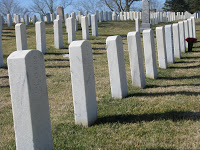 The Battle of Mill Springs occurred in January of 1862. During the course of the battle, 39 Union soldiers fell while Confederate losses numbered 125. (Visit the Kaintuckeean on Wednesday for a post about Zollicoffer Park and the Confederate mass grave/cemetery). Prior to the battle, CSA troops had established themselves in the immediate area, though the Union had control of neighboring communities. Confederate attempts to keep the two groups of Union troops from joining were defeated during this battle, and the surviving Confederates fled their position and supplies.
The Battle of Mill Springs occurred in January of 1862. During the course of the battle, 39 Union soldiers fell while Confederate losses numbered 125. (Visit the Kaintuckeean on Wednesday for a post about Zollicoffer Park and the Confederate mass grave/cemetery). Prior to the battle, CSA troops had established themselves in the immediate area, though the Union had control of neighboring communities. Confederate attempts to keep the two groups of Union troops from joining were defeated during this battle, and the surviving Confederates fled their position and supplies.
The Battle of Mill Springs occurred nine days after the Battle of Middle Creek; these two Confederate losses shifted the field of battle from southeeastern Kentucky into Tennessee until the Battle of Perryville brought the war back to Kentucky.

